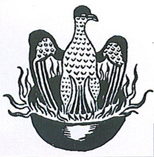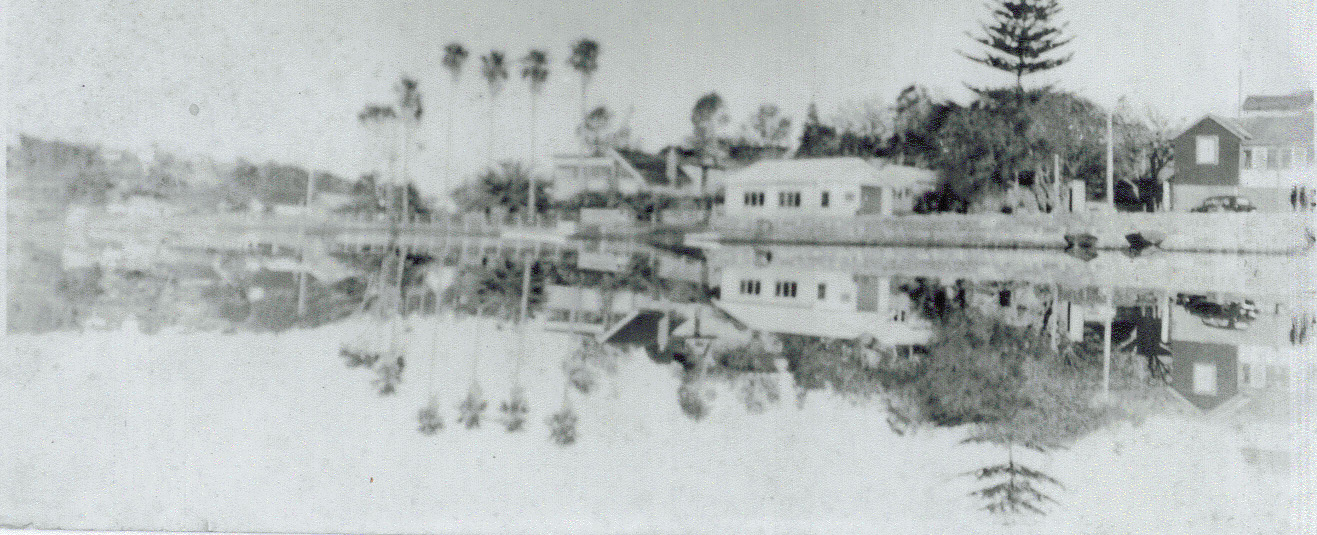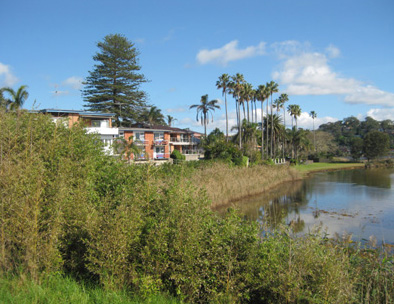

|
The Journal of the DH Lawrence Society of Australia ISSN
No: 1039-9658 |
Vol
18. No 2. July 2011
|
 |

|
|
|
|
With
over 60 talks and events to cover, SANDRA DARROCH attempts to convey some
of the flavour of the
12th International DH Lawrence Conference held in Sydney Australia in late June 2011 ( See also Robert Whitelaw's article "The House at the End of the Road" over page - click HERE.) |
|
SYDNEY,
where Lawrence arrived in May 1922, was host in late June to the 12th
International DH Lawrence Conference, held over three days at the Mitchell
Library in Macquarie Street.
The Conference was co-ordinated by Nancy Paxton, Professor of English at Northern Arizona University, Flagstaff, Arizona, who, despite her onerous duties, somehow managed to fit in a paper on "Lady Chatterley in Australia". Joint co-ordinator, David Game, from the School of Cultural Inquiry, Research School of Humanities and the Arts, ANU, discussed "Colonial Australians in St. Mawr" There were far too many sessions for your humble correspondent to attend or report on, but she will crave your indulgence to mention that she presented a paper on her discovery that Lawrence based much of the character of Alvina Houghton in The Lost Girl on the New Zealand writer, Katherine Mansfield. As well as the presentation of papers, delegates were entertained by a screening of the film "Kangaroo", a poetry reading, and a Gala Dinner and Awards Ceremony in the Sydney Room at the Menzies Hotel. The top Awards went to two Australians: Paul Eggert, Editor of the CUP edition of The Boy in the Bush, and Christopher Pollnitz, editor of the CUP editions of Lawrence's poetry.
The Gala address was elegantly and amusingly presented by Betsy Sargent, who reminisced about her long friendship with David Ellis, whose address to the Conference was videotaped and read by Betsy in David's absence. Ellis raised the question of why Lawrence was no longer regarded as a major literary figure for school or university courses. Did Lady Chatterley have something to do with this? he pondered. Next day, Saturday July 2,
we went on an excursion in Lawrence's footsteps to Manly and Narrabeen,
led by the DH Lawrence Society of Australia with member and historian,
Robert Whitelaw, standing in as tour leader in place of our Presdent,
John Lacey, who has been very ill of late (but is now slowly recovering).
Lawrence wrote in Kangaroo:
|
mm |
Some of the
Conference delegates visited Taronga Park Zoo where Lawrence found the
inspiration to write his poem, "Kangaroo"
Delegates
take in the view of Sydney Harbour
Dr.
Hiroshi Muto (let), chair of D. H. Lawrence Society of Japan, Kumiko Hoshi
(centre), who gave a paper Then our bus turned off Pittwater
Road towards Ocean Street, where Lawrence recounts a long walk his characters
undertook:
|
|
Finally reaching
the lake, or lagoon, as Lawrence called it, "the happy couple"
sat on the sand, then:
Robert explained
that the house was architecturally superior to the other shacks in the
surrounding area and was used as a holiday retreat by the Schultz's and
their friends, many of whom were early aviation enthusiasts who experimented
with gliders off the sandhills at Narrabeen. The Conference delegates then climbed over the sandhills, as Somers and Harriett had done, to gaze again at the Pacific crashing on to the shore.
David
Game (right) and Sean Matthews Then it was back
to the bus for a drive through Wakehurst Parkway and a glimpse of Australian
bushland before terminating at Taronga Zoo, which Lawrence later visited
during his time in Sydney.
The kangaroo he found at the
zoo provided him The following day, the delegates went on an expedition to Thirroul to try and catch a glimpse of Wyewurk, where Lawrence wrote his novel, Kangaroo. The next International DH Lawrence Conference will be staged in Italy in 2014 See Robert
Whitelaw's article "The House at the End of the Road" over
page - click HERE. |
 |
 |
|
A
photograph of "Billabong", set sideways to the lagoon, taken
before it was demolished in the 1950s
|
The
site today where "Billabong" once stood
|